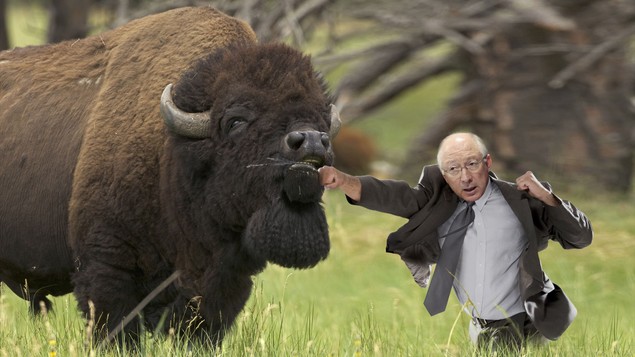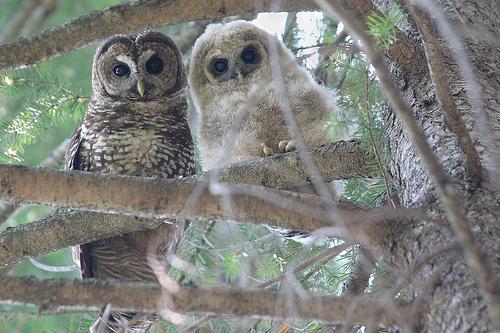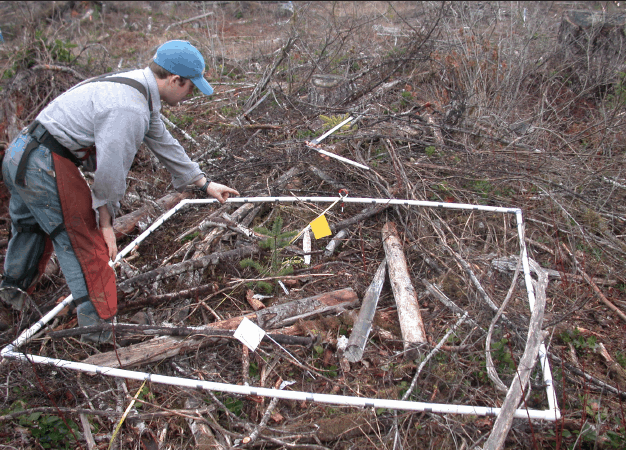CORVALLIS, Ore. – Eight researchers in a new report have suggested that climate change is causing additional stress to many western rangelands, and as a result land managers should consider a significant reduction, or in some places elimination of livestock and other large animals from public lands.
A growing degradation of grazing lands could be mitigated if large areas of Bureau of Land Management and USDA Forest Service lands became free of use by livestock and “feral ungulates” such as wild horses and burros, and high populations of deer and elk were reduced, the group of scientists said.
This would help arrest the decline and speed the recovery of affected ecosystems, they said, and provide a basis for comparative study of grazing impacts under a changing climate. The direct economic and social impacts might also be offset by a higher return on other ecosystem services and land uses, they said, although the report focused on ecology, not economics.
Their findings were reported today in Environmental Management, a professional journal published by Springer.
“People have discussed the impacts of climate change for some time with such topics as forest health or increased fire,” said Robert Beschta, a professor emeritus in the College of Forestry at Oregon State University, and lead author on this study. “However, the climate effects on rangelands and other grazing lands have received much less interest,” he said. “Combined with the impacts of grazing livestock and other animals, this raises serious concerns about soil erosion, loss of vegetation, changes in hydrology and disrupted plant and animal communities. Entire rangeland ecosystems in the American West are getting lost in the shuffle.”
Livestock use affects a far greater proportion of BLM and Forest Service lands than do roads, timber harvest and wildfires combined, the researchers said in their study. But effort to mitigate the pervasive effects of livestock has been comparatively minor, they said, even as climatic impacts intensify.
Although the primary emphasis of this analysis is on ecological considerations, the scientists acknowledged that the changes being discussed would cause some negative social, economic and community disruption.
“If livestock grazing on public lands were discontinued or curtailed significantly, some operations would see reduced incomes and ranch values, some rural communities would experience negative economic impacts, and the social fabric of those communities could be altered,” the researchers wrote in their report, citing a 2002 study.
Among the observations of this report:
• In the western U.S., climate change is expected to intensify even if greenhouse gas emissions are dramatically reduced.
• Among the threats facing ecosystems as a result of climate change are invasive species, elevated wildfire occurrence, and declining snowpack.
• Federal land managers have begun to adapt to climate-related impacts, but not the combined effects of climate and hooved mammals, or ungulates.
• Climate impacts are compounded from heavy use by livestock and other grazing ungulates, which cause soil erosion, compaction, and dust generation; stream degradation; higher water temperatures and pollution; loss of habitat for fish, birds and amphibians; and desertification.
• Encroachment of woody shrubs at the expense of native grasses and other plants can occur in grazed areas, affecting pollinators, birds, small mammals and other native wildlife.
• Livestock grazing and trampling degrades soil fertility, stability and hydrology, and makes it vulnerable to wind erosion. This in turn adds sediments, nutrients and pathogens to western streams.
• Water developments and diversion for livestock can reduce streamflows and increase water temperatures, degrading habitat for fish and aquatic invertebrates.
• Grazing and trampling reduces the capacity of soils to sequester carbon, and through various processes contributes to greenhouse warming.
• Domestic livestock now use more than 70 percent of the lands managed by the BLM and Forest Service, and their grazing may be the major factor negatively affecting wildlife in 11 western states. In the West, about 175 taxa of freshwater fish are considered imperiled due to habitat-related causes.
• Removing or significantly reducing grazing is likely to be far more effective, in cost and success, than piecemeal approaches to address some of these concerns in isolation.
The advent of climate change has significantly added to historic and contemporary problems that result from cattle and sheep ranching, the report said, which first prompted federal regulations in the 1890s.
Wild horses and burros are also a significant problem, this report suggested, and high numbers of deer and elk occur in portions of the West, partially due to the loss or decline of large predators such as cougars and wolves. Restoring those predators might also be part of a comprehensive recovery plan, the researchers said.
The problems are sufficiently severe, this group of researchers concluded, that they believe the burden of proof should be shifted. Those using public lands for livestock production should have to justify the continuation of ungulate grazing, they said.
Collaborators on this study included researchers from the University of Wyoming, Geos Institute, Prescott College, and other agencies.



